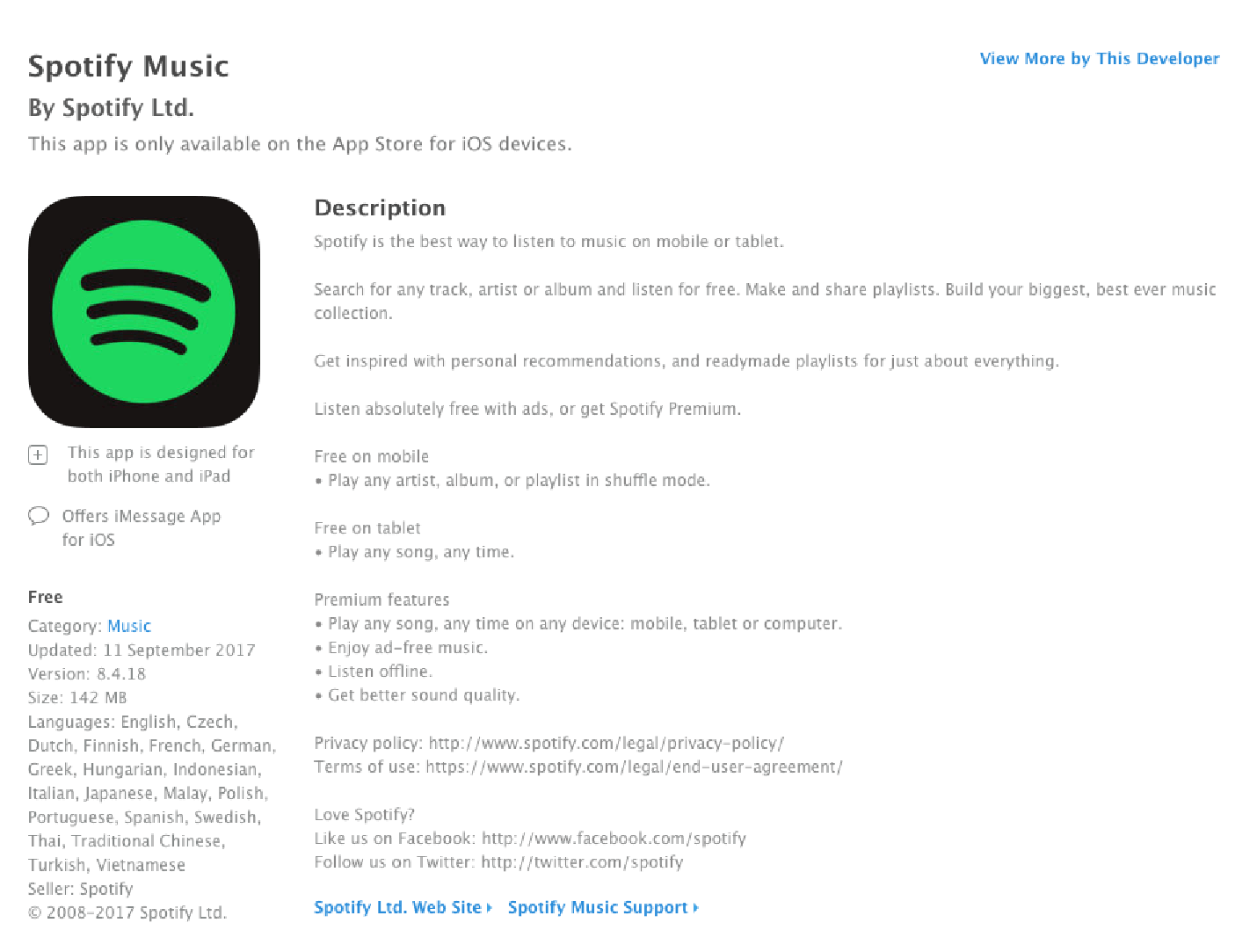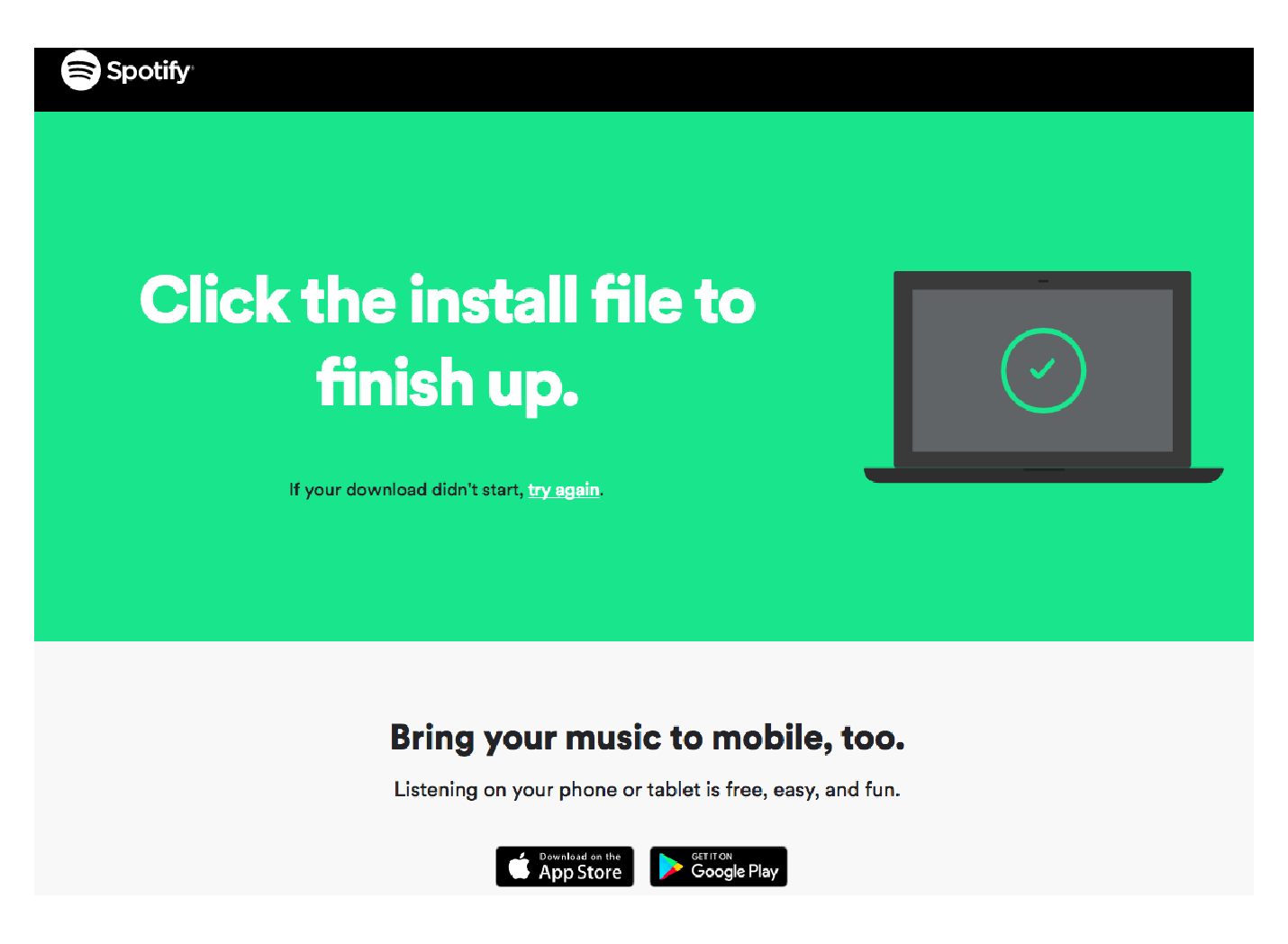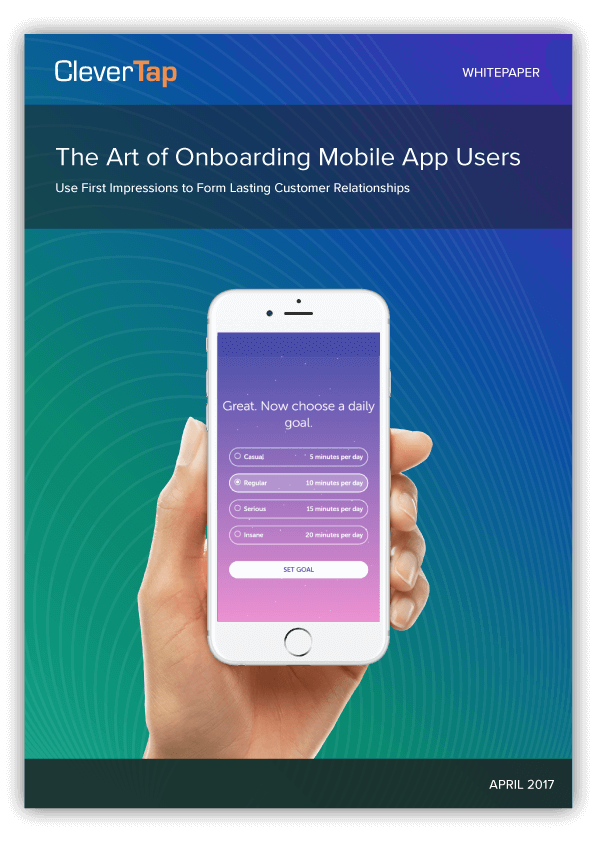From news and music to entertainment and video, we’re consuming more and more content on our mobile devices. As a result, the media and entertainment industry is embracing new channels for creating, curating, and distributing content.
As a mobile marketer attempting to remain one step ahead of the competition, the first thing you need to focus on is successful app awareness and user acquisition – the first stage in the app user lifecycle.
Why Should You Even Care About App Awareness and User Acquisition?
As of 2014, the US media and entertainment industry was valued at over $570 billion, likely to be worth over $720 billion by 2020. The global market is slated to be $2 trillion by 2021.
While traditional channels will continue to grow at a steady rate, it is the rapid rise and adoption of mobile apps that is fueling this growth.
More users are opting to pick and choose the kind of content they consume when and where they want — and media and entertainment apps remain some of the most downloaded across app stores. In fact, since 2014, users are spending 14% more time on news, 22% more time on entertainment, and over 79% more time on music streaming apps.
Key App Awareness and User Acquisition Lessons from Spotify
Since its inception in 2008, the Sweden-headquartered music, podcast, and video streaming platform Spotify has done a phenomenal job disrupting the digital media and entertainment industry.
As of July 2017, Spotify has over 140 million active users and over 60 million paying subscribers. In August 2017, it became the most-downloaded music app in the US, with over 100 million downloads on the Google Play Store. The company is now valued at $13 billion.
One of the foundations of Spotify’s staggering success is successful app awareness and user acquisition, which drives product visibility and app downloads.
How did Spotify accomplish this?
Acing its SEO, ASO, and App Indexing Strategy
In one of my previous posts, I covered the basics of cracking the ASO code.
Spotify has aced this aspect of its mobile marketing strategy by focusing on the following components of ASO –
1. Main Title
Best practice recommends you to pick keywords based on relevance, difficulty, and traffic for your main title that reflect your app’s industry, core utility, or benefit.
However, Spotify chose to distinguish itself by choosing a name that is exceptionally unique, memorable, and easier to rank.
By focusing on relevant keywords like “Music,” “Premium,” “Playlist,” “Slacker,” and “Pandora,” — reflective of their core product, USP, and main competition — Spotify has been able to strike the right balance and drive larger traffic to its app store page across Android and iOS.
2. Number of App Downloads
By covering all its bases on the previous components, Spotify reaps the benefits of a high number of downloads despite not being globally available.
3. App Ratings and Reviews
Ratings and reviews have an enormous impact on your app’s visibility — and propensity for new users to download.
Spotify leverages in-app notifications to find out which users are happy with the app and encourages them to leave positive reviews. Spotify’s high ratings and reviews are built on the back of a great product and user experience.
4. App Store Page Details
Bringing potential users to your app store page is one thing, but communicating the value your app offers them is another challenge.
Spotify succeeds in this through effective screenshots, an engaging app description, clear pricing information, and high app rankings.

Successfully Driving Web Users to the Mobile App
By including an eye-catching call to action on its browser-based platform, Spotify gives users the option to enjoy the service on their mobile devices.
A simple clickable link directs users to the respective Android or iOS app store, achieving an above industry average App Store Page Conversion Rate of almost 35%.
Remember that users are more likely to download your app if you backup a good product with a great customer experience.
Success doesn’t stop at user awareness and acquisition. You also need to actively engage with users, encouraging them to consume more relevant content.
Learn how CleverTap’s customizable Clever Campaigns can help you engage and retain more users across the entire lifecycle.

The Art of Onboarding Mobile App Users
Event Strategy Mix
When users install and use your media and entertainment app, they engage in different in-app activities that can be tracked and monitored as specific events at multiple stages of the app user lifecycle.
Try these tactics to improve your app awareness and user acquisition for different types of user segments –
| User Segment | Tactics |
|---|---|
Unaware User |
|
Aware but not Acquired User |
|
Acquired User |
|
Key Metrics to Track Success
You now have some key strategies for improving app awareness and user acquisition for your media and entertainment app. But how will you know if they’re working?
Track these key metrics to gauge your success and keep upping your game.
Remember that these might vary slightly depending upon the type of app, language, user location, etc.
| Metric | Description | Measurement Formula | Industry Benchmark |
|---|---|---|---|
App Ranking | Raise your ranking following a search on a search engine or app store, improve the chances of app discoverability, download and adoption | Influenced by number of downloads, app store rankings and reviews | The long term objective must be to feature in the top 20 media and entertainment apps across both Android and iOS platforms |
Cost Per Install (CPI) | The amount you pay per installation of your app on the user’s mobile device through a paid ad campaign across a channel of your choice | Total Expenditure on Ads/Total Number of App Installs | $5-7 |
Average Click-to-Install Conversion Rate | The percentage of number of conversions, i.e., app installs, per ad click | (Total Number of Conversions/Total Number of Ad Clicks) x 100 | 6.16% |
App Store Page Conversion (APSC) Rate | The percentage of apps downloaded and installed on a user’s mobile device after landing on the app page | (Total Number of App Installs/Total Number of App Page Views) x 100 |
*across Android and iOS platforms |
What’s Next?
Successful app awareness and user acquisition can mean the difference between your app getting lost in the crowd and becoming a market leader. The more users you add, more the number of paid subscribers, the better your ROI.
If you do the fundamentals right and continue to finetune a good product, the sky’s really the limit.
My next blog post will cover how you can implement a dynamic user onboarding strategy in the media and entertainment industry as we continue across the app user lifecycle.
Create The Most Immersive & Addictive Media App Experience
Mrinal Parekh 
Leads Product Marketing & Analyst Relations.Expert in cross-channel marketing strategies & platforms.
Free Customer Engagement Guides
Join our newsletter for actionable tips and proven strategies to grow your business and engage your customers.















































